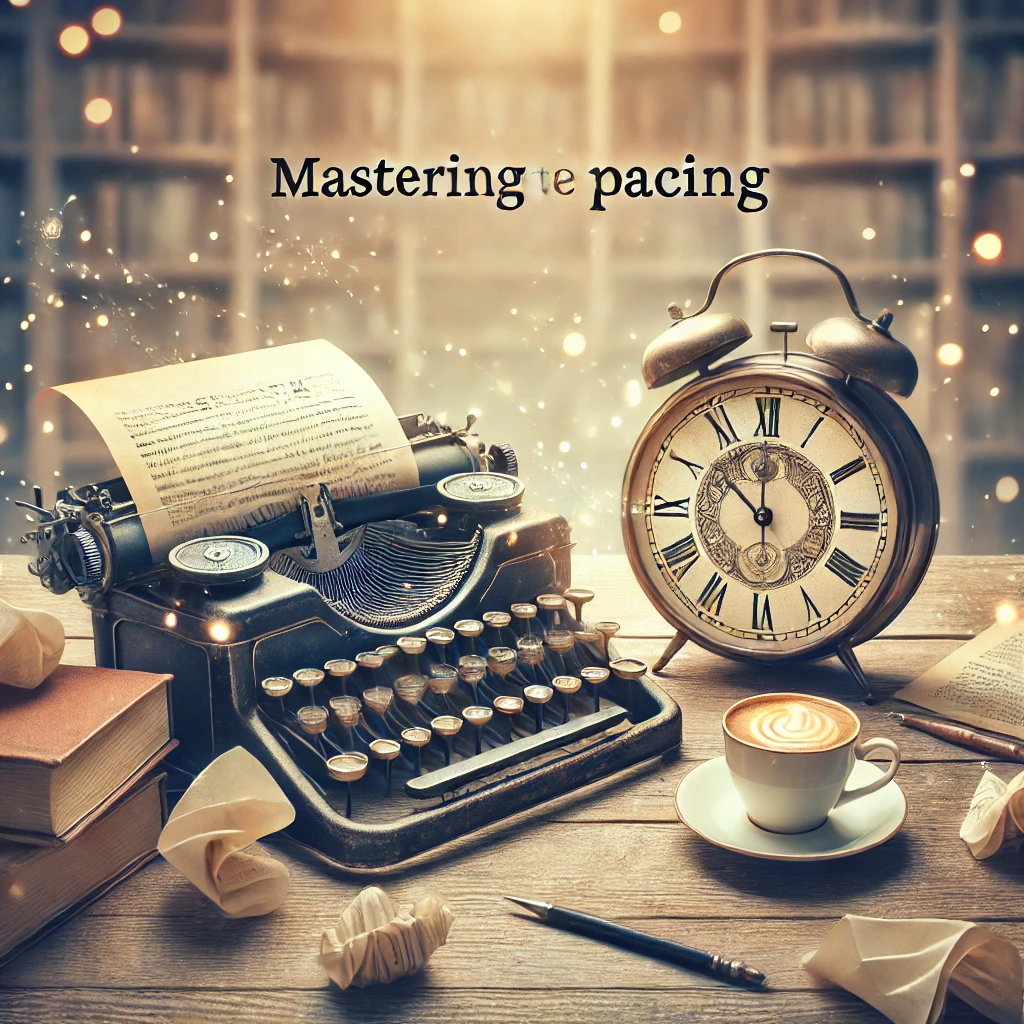One of the crucial components in writing that may create or break a reader’s interest is pacing. The speed at which your tale develops affects how readers see and appreciate your work, regardless of whether you’re writing a slow-burning epic or a fast-paced thriller. These 5 Top Tips to Master the Pace of Your Writing can help you control the tempo of your writing and keep readers interested.
1. Recognize the Value of Scene Structure
Their structure greatly influences the timing of your scenes. Every scene should advance the plot and have a purpose. Put more emphasis on activity and conversation to quicken the tempo. Tight narrative and brief, quick phrases may heighten the tension. Longer, more detailed paragraphs, on the other hand, might slow down the action so that the reader can catch their breath and the suspense can increase. Maintaining a rhythm that complements the emotional pulses of your tale may be achieved by balancing these components according to the scene’s goal.
2. Vary the Length and Structure of Sentences
Sentence structure is one of the easiest but most powerful tools for managing tempo. Short, snappy words may build tension or a feeling of urgency. Longer, more intricate phrases slow down the story, which is helpful for establishing situations or exploring the minds of your characters. You may emulate the natural ups and downs that make a tale interesting by using different sentence lengths to create a natural rhythm that leads your reader through the narrative flow.
3. Make Strategic Use of Chapters and Paragraphs
Pacing may also be affected by how your chapters and paragraphs are structured. Short paragraphs or chapters may provide the impression that a tale is moving quickly, which is appropriate for sequences with plenty of action. However, larger chapters are better suited for developing complex narratives or delving deeply into character development. Think of your paragraph spacing, and chapter breaks as pacing devices. They are not just structural requirements; they may be positioned carefully to either hurriedly move the reader ahead or provide a respite.
4. Release of Control Information
Pacing involves more than simply motion; it also involves how you present information. If you give away too much too quickly, the tension is lost. If you withhold too much, readers could get impatient. Dribbling information in a manner that compels readers to flip the page is crucial. Make smart use of revelations to advance the story and keep readers interested. Maintaining a consistent tempo that fits the arc of your tale requires this delicate balancing act.
5. Your Friend Is Feedback
Lastly, pay attention to feedback’s role in helping you learn pace. Your audience may feel differently about what seems correct to you. Professional editors, writing organizations, or even beta readers may provide priceless insights into how the pace of your novel seems to an outsider. They may highlight sluggish or hurried passages, enabling you to adjust the tempo before more people see your work.
Final Thoughts
Writing pace is a talent that takes effort and time to master. You may significantly increase how your tale engages readers by knowing the importance of scene organization, using different sentence structures, planning your chapters carefully, controlling the information flow, and getting feedback. Keep in mind that the purpose of pace is to maintain your readers’ interest, emotional commitment, and page-turning until the very end.















